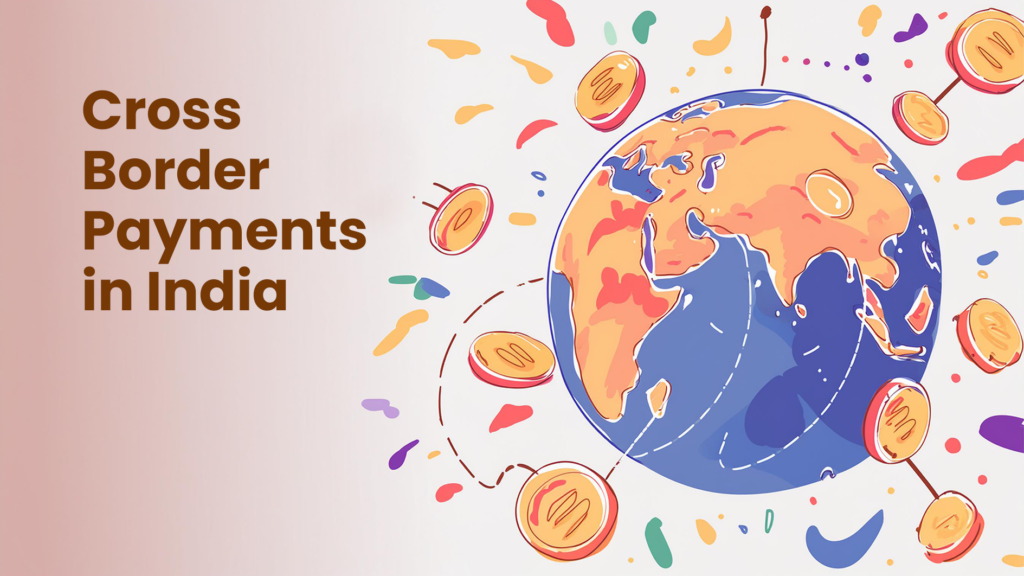What are cross-border payments?
Payments or transactions done across borders are part and parcel of international trade. So, playing the role of medium between the vendor and customer, cross-border payment is one of the crucial entities that enables cross-border trade. Any export or import is dependent on cross-border payment, and its growth is crucially dependent on smooth and seamless transactions.
Why are cross-border payments significant?
The significance of cross-border payments is proportional to the significance of cross-border trade. The size of cross-border payments is significant, with export merchandise alone contributing to about 15% of the total GDP. This alone is enough to look into the cross-border payment facilities that we are enabling our traders with to boost our country’s economic growth.
India is looking at becoming a $5 trillion economy, and one of the major contributors can be cross-border trade. However, the fact on the ground is that of the 17 states that share their borders with other countries, only nine of them can actively engage in safe trade.
Digital India has thrown the doors to cross-border trade wide open to not just the conglomerates but also MSME in India. Talking of MSME contribution, Livemint.com reports that “In FY 2022–23, MSME products accounted for 43.6% of India’s exports.”
What are the major challenges to cross-border payments in India?
Charges: With different countries come different rules and different financial charges. Many of the charges are informed only at the time of transactions, which either the vendor has to absorb or charge to the customer, irritating them in the least.
Cumbersome process: With most local banks dealing with only a few currency options, time is taken for the standard international payouts, and both time and transparency are lost. SWIFT and international wire transfers come with their own set of challenges with regards to cost and time.
Risk of fraud: Digitalization has thrown the door open to not just traders but also to cyber criminals. Cybersecurity has been constant and updated with the ability to come up with new solutions for the threats emerging daily. And yet be cost-effective.
Compliance changes: Different borders dictate different laws at different points in time. The law of the land is often tweaked to combat raising threats or cementing the loopholes of existing laws.
Currency volatility: With VUCA, is it a surprise that every country has a relatively fluid economy when compared to the currency woes that have been an age-old story? Only the present digitization has removed the buffer that the lag of communication offered earlier.
How do we provide a solution to one of the pillars of our economy?
Fintech
India needs its fintech industry to find a one-stop solution for not just an easy and transparent transaction but also a safe one. A solution that authenticates easily but with foolproof scrutiny.
Though many start-ups are working on solving individual issues discussed, most of them are working on their expertise, which is limited to one area.
The need of the hour is an aggregator who would collect all this expertise on one platform and provide a holistic solution. The future looks bright with a possible blend or amalgamation of both seamless and secure transactions across borders.

